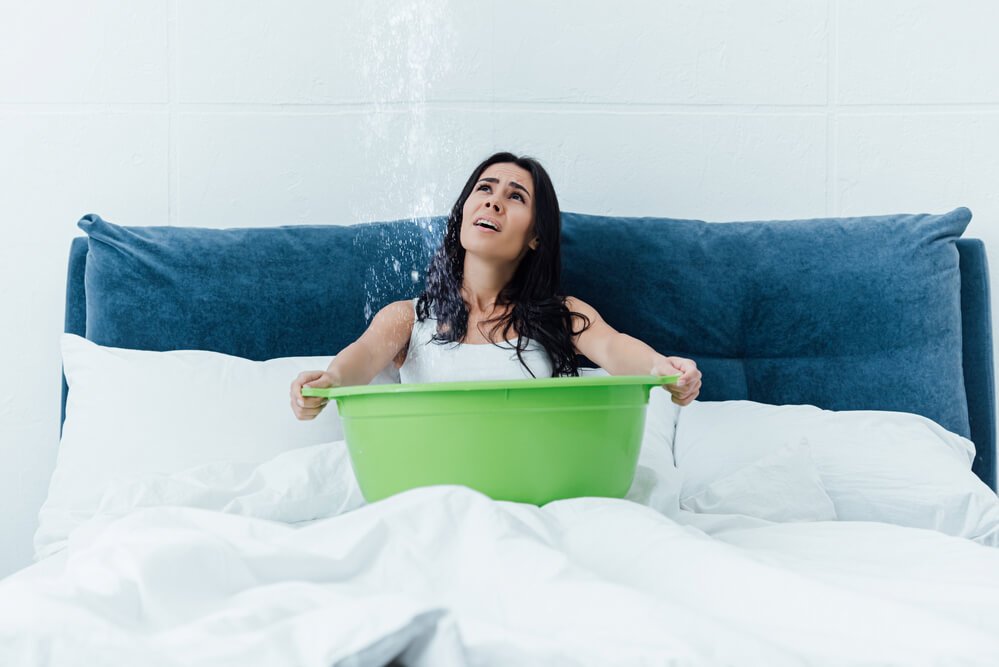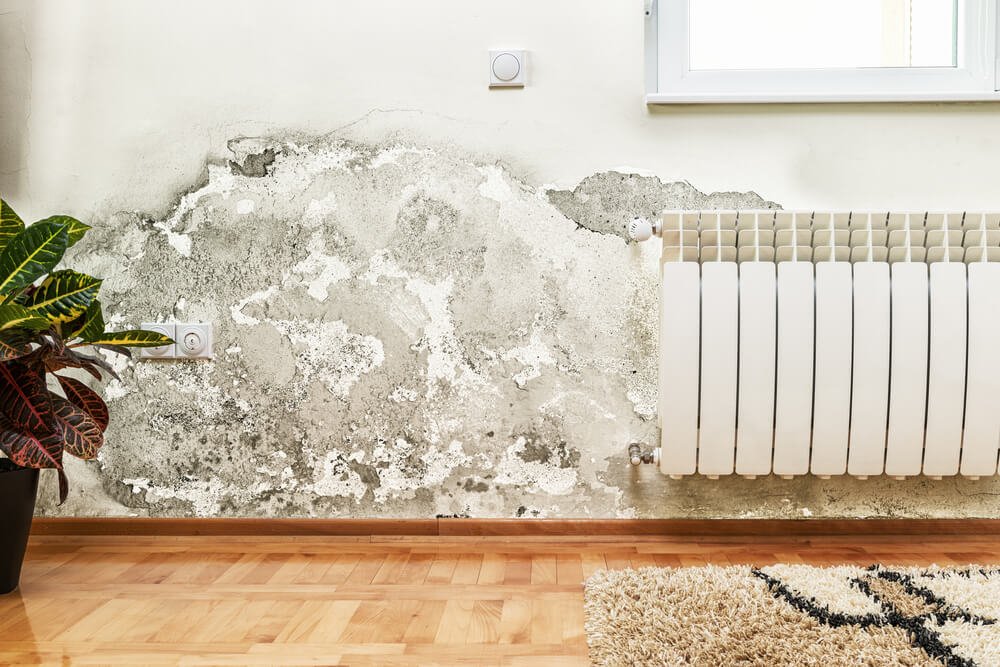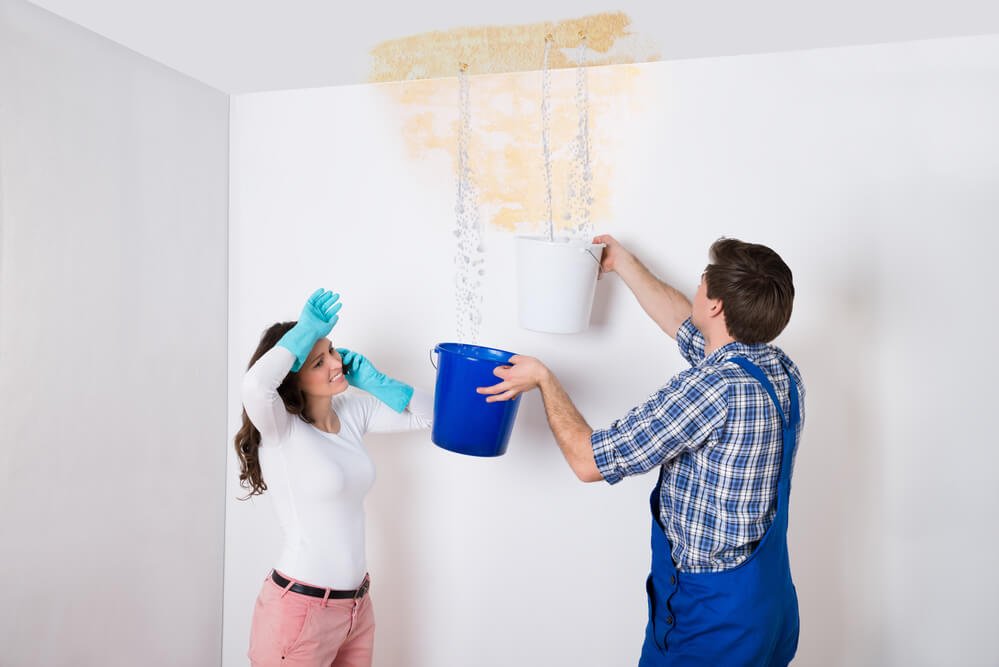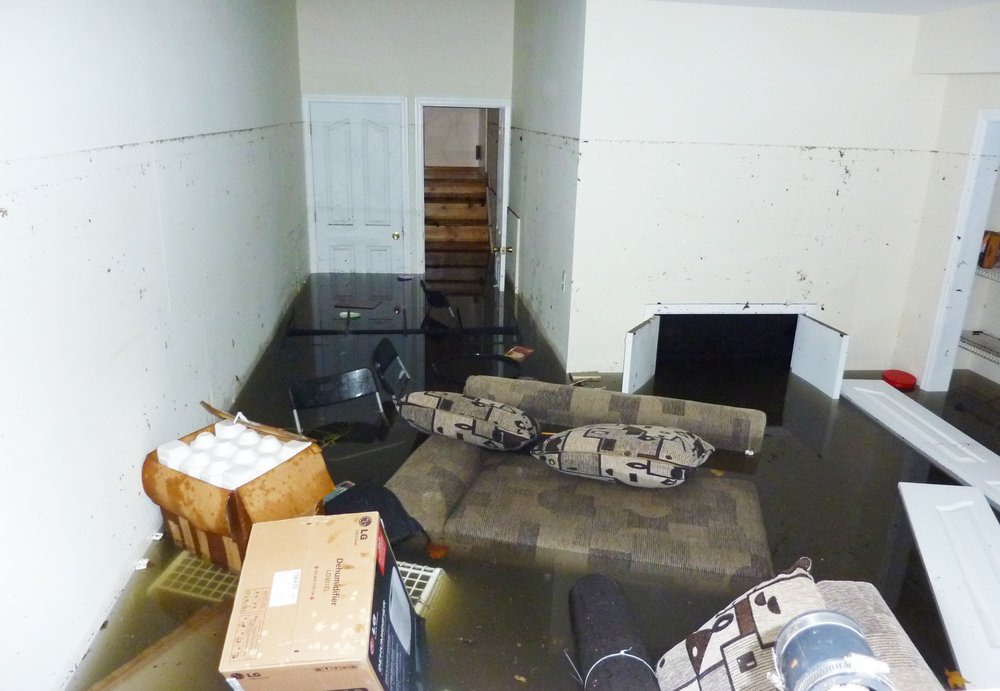
How Do Plumbers Find Water Leaks?
Facing a leak can be troublesome and exhausting. You might be working on important things, and you suddenly realize you have a leak in your kitchen or sewage or any part of your house. Now is the time to fix it by calling a plumber or by repairing it yourself. Waiting will only make the problem worse says Detect A Leak, a popular water leak detector in Mississippi.
Below, you will know what a slab leak is and how plumbers use modern equipment to fix the leakages.
How Do Plumbers Find Water Leaks?
Plumbers can find the slab leaks using modern equipment such as SeCorrPhon AC 200. Even if the leakage is behind the wall, plumbers can detect it quickly using modern equipment. Video Inspection Equipment is another one of the tools that plumbers use, which is a cable that has small cameras installed at the end.
Plumbers take advantage of equipment like Listening Discs, Soil Probe, Thermal Imaging Cameras, and Electronic Amplification Equipment that helps them find the leaks quickly and effectively.
What is a Slab Leak?
A slab leak is a terminology used by the pipeline industry to refer to the leakage that arises in piping located under concrete or stone, typically in a building’s foundation.
Such leakage is sometimes challenging for residents to determine (until the leakage becomes severe) and need special equipment for plumbers to spot them.
Fact: Leaks expose the ground under your foundation to excess moisture, which can cause the ground to shift and expand. When this happens, your foundation–which depends on an even surface–can move, crack, or sink.
Highly precise equipment is required since excavation to reach the pipes also requires fixing slab leaks. The smaller the digging section, the less harm the building material of a home the plumber would need to do.
You may have a slab leak and another oddly shaped leak if you do not see any visible signs of water damages but note a high water bill or see your water meter spinning. Shutting off the water inside your building, noting the location of your water meter dial, and waiting an extra hour (or overnight) is a simple DIY way to ascertain the existence of a leak.
If, after just a few hours, the needle on your back-flow valve dial has dramatically changed, then you’ll have a leak so you can call a plumber to help identify the cause.
Here, we focus on how plumbers, including what equipment and methods they use, detect water leaks. It is necessary to employ a qualified and experienced plumber for plumbing leaks who would have the right equipment to locate leaks. Plumbers have equipment for leakage detection that really can identify the source of leaks rapidly and reliably.
Video Inspection Equipment
Plumbers utilize video pipe monitoring systems for the most significant leak detection. Those are all small cameras installed on long optical cables that are versatile. These may be installed into faucets and other plumbing connections by plumbers to identify leaks.
The camera transmits images back to a display where the plumber can see even the state from the pipe’s inside. This helps them find the source of leaks that might be difficult to visit from the outside and gives them any extra details they really have to fix the leak.
Listening Discs
Four of the most common instruments that a plumber can be used to identify and track water leaks are monitoring discs and ground microphones. Listening discs are components of the machinery that allow leaks to be detected by plumbers via plasterboard, shelves, and other hardware.
Utilizing sound technology, when positioned against a wall, listening discs intensify the sounds of flowing water back into headphones. As it passes through pipes, a trained technician would listen to a recording of flowing water underground.
Before trying to reach it, this gives the plumber a clear understanding of where the leak is. Deck plates may also be used to listen through the surfaces of brick, concrete, and other stone.
Soil Probe
Leaks occurring in the sewage pipe and main waste pipe can be very troublesome. Sometimes, these kinds of leaks run under lawns and yards. A soil probe helps plumbers to hear through grass and rocks for normal pressure or pressure leaks.
The sound got louder and louder as the machinery got nearer to the leak, enabling plumbers to figure out where the leak was. To determine the type of leak, how deep it is an opportunity to reach it and fix it, seasoned and professional plumbers would be able to distinguish between the various sounds they hear.’
Thermal Imaging Cameras
Thermal imaging cameras, or heat scanners, could be used beneath floorboards, asphalt, and behind partitions to help locate hidden leaks in hot water pipes. Thermographic cameras can help find problem areas that can not be identified by the naked eye, exposing secret leaks of water that are otherwise out of reach.
Thermography is the word used to denote thermal energy generated from an item by infrared imaging and analysis cameras to see and measure it.
To identify moisture in ceilings, flat roofs, under walls, and underground, thermal imaging may be used. The use of thermal imaging cameras is an efficient way to immediately look at huge regions and cause minimal disturbance and no harm to your house.
Not only can infrared detection cameras identify concealed water leaks and their sources, but they can also identify moisture that moisture meters can not reach.
Electronic Amplification Equipment
This is a fancy way to describe the equipment for listening. The noise sensors used during slab leak detection are developed to measure the sound of leaking or gushing water by listening across layers of landscape design. (A mere stethoscope can not perform this work.)
One of the electrical applications is the ground microphone multi-sensor. Most of the plumbers go for SeCorrPhon AC 20 due to multiple features and provide you the most precise leakage detection.
Your plumber would also need to check for underground leaks or leeks concealed in the walls after ruling out surface and fixture leaks. Professional sound surveillance equipment is perhaps the most reliable method to detect these types of water leakage.
A highly qualified technician will remember the sound of clean drinking water underwater as it passes through the pipes using headphones and a microphone. Also, to transmit a radio transmission over the pipelines, they can use pipe locator clamps on the noticeable portions. This process is also known as “charging the pipes.”
They’ll develop a plan and give you lots of estimation after our specialists have found the source of the leak. The professional plumbers will restore your sewer and water distribution systems to full efficiency, whether it is a simple leak repair or a mission that needs thorough repiping.
A Quick Recap: How Plumbers Find Water Leaks
When on duty, Plumbers find the slab leak first and use the highly advanced equipment like Listening discs, Thermal Imaging Cameras, and Electronic amplification equipment to fix the leak.
It is a wise choice for a plumber and house owner to have advanced equipment like SeCorrPhon AC 200 in their closet to tackle any water leakage contingencies that occur in the future.








